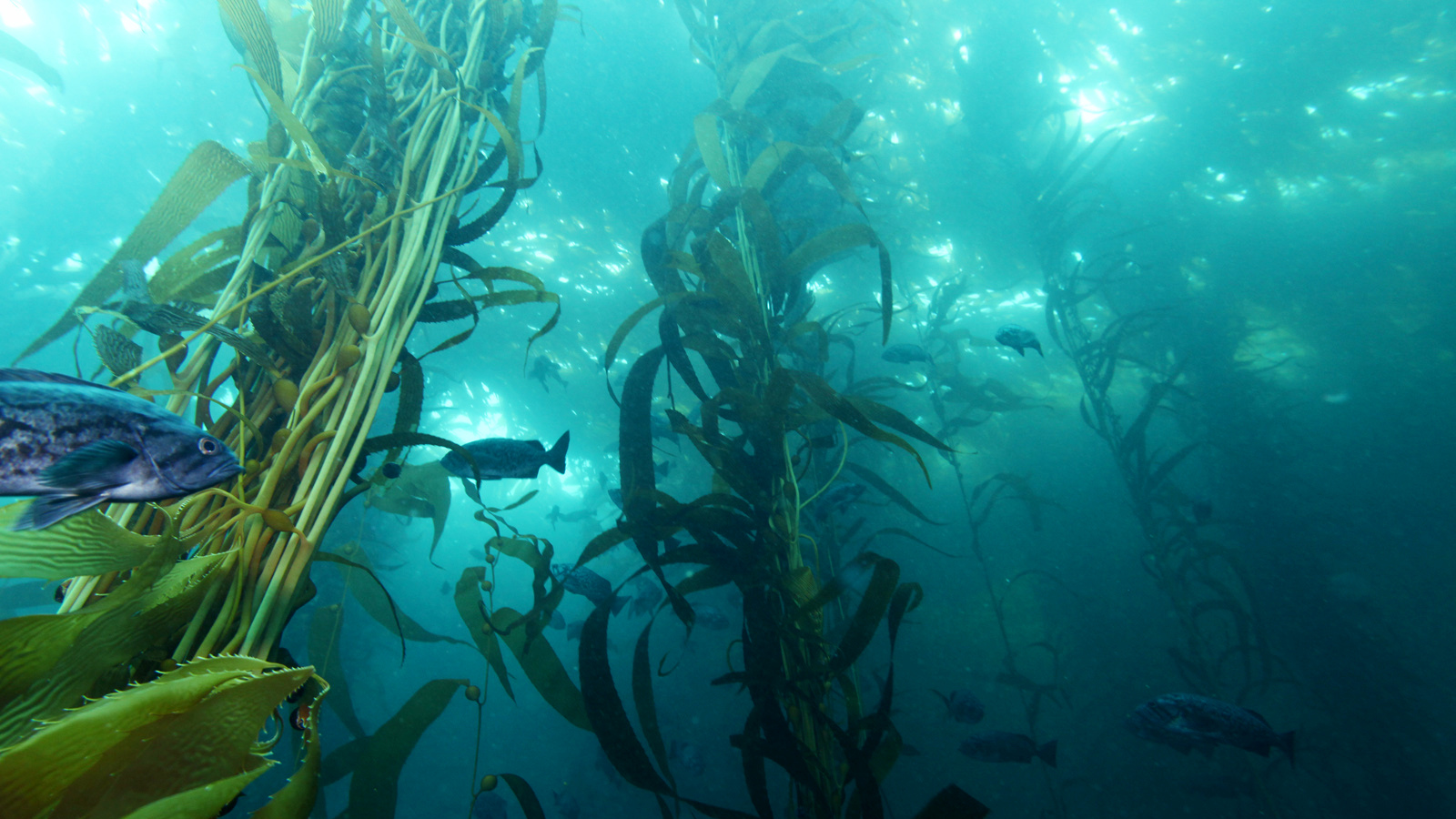Laura Deehan
State Director, Environment California Research & Policy Center
[email protected]
State Director, Environment California Research & Policy Center
[email protected]
WHAT:
Environment California Research and Policy Center announces a new proposal to strengthen and expand California’s marine protected areas, including locations off the coast of Santa Cruz at Pleasure Point and Natural Bridges State Marine Reserve, Cabrillo State Marine Reserve, Point Dume State Marine Conservation Area, South Point State Marine Reserve, Gull Island State Marine Reserve, Point Conception State Marine Reserve.
The event will discuss the global effort to address climate change and protect biodiversity with the high ambition campaign for the ocean. And Gov. Newsom and California’s ocean protection goal to conserve 30% of coastal waters by 2030.
WHO:
Laura Deehan, State Director Environment California Research and Policy Center
Dawn Addis Assemblymember for the 30th District of California
Dr. Lynne Talley, Oceanographer, Scripps Institute for Oceanography
Baani Behniwaal, The Climate Center 30×30 Advocate
Alex Cornell duHoux, President of Elected Officials Protecting America, former state representative and Marine veteran, Professor at University of San Francisco
Tammy Russell, Scripps Institute for Oceanography PhD student
WHEN:
Monday, December 11, 2023, 17:30 p.m. Dubai Time
WHERE:
Press Conference Room 2, Zone B6, Building 77
Blue Zone, COP28 Expo City.
WHY:
California’s unique network of 124 Marine Protected Areas (MPAs) makes the state a global leader in protecting the critical habitats and life existing in and around our oceans. Now, a decade after those protections were first enacted, California’s state agencies conducted a review of how these protected areas have created more resilient, healthy ocean ecosystems, and we have used that knowledge to propose the strengthening and expansion of this network.
Our proposal comes in the wake of Gov. Newsom and the state legislature committing to protect 30% of our state waters by 2030. New scientific findings have also highlighted how highly protected and fully protected areas are effective at protecting ocean life and restoring marine ecosystems.

Fish take shelter under a kelp forest canopy off the California coast.Photo by Chad King/NOAA | Public Domain
